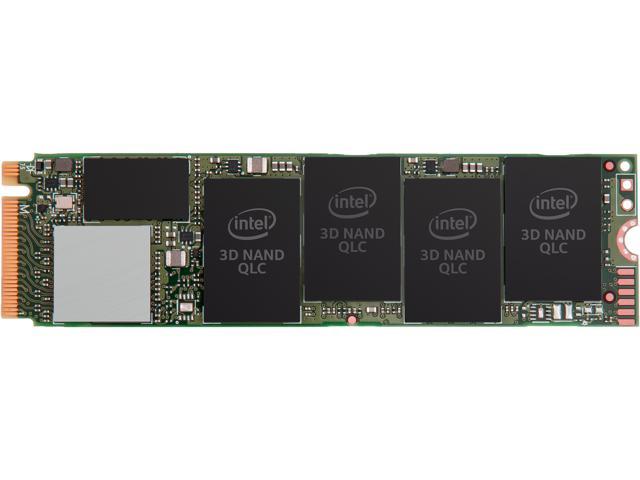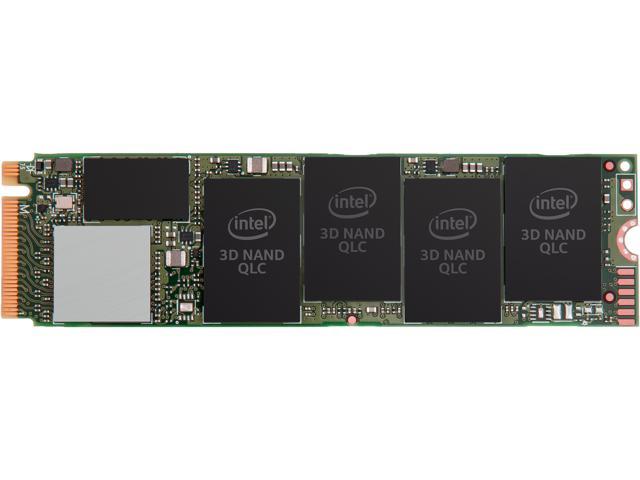Current XPoint is manufactured on 20nm class node. This is very likely to be shrunk to some 10nm class node that DRAM and NAND Flash is manufactured on these days.
What I am a bit vary of is that 2nd gen XPoint might actually get a nerf of some kind. XPoint itself is overspecced for anything it is used for today in consumer or enthusiast space. The exception is probably the Optane DIMM technology. NVMe controllers cannot seem to use XPoint speed and latency to fullest. This leaves some space for simplification or relaxed specs.
Depends on what you use these for. 5 years is a long time when we look at how SSDs have evolved. In 2009 the reasonably priced SSDs were 120GB, maybe 240GB with especially write speeds that are low by today's standards. Manufacturers have learned from their mistakes for the most part when it comes to SSD endurance. Today, I am quite convinced that endurance rating claim in manufacturer spec is legitimate, at least for major manufacturers.
Price remains a factor and QLC has its place. I have a 2TB 660p for my secondary drive (mainly for games) which I got for ~160€ last year. Intel spec says it is good for 400 TBW and in about 9 months I have put 10TB on it. If what Intel claims is even remotely accurate, I am fine for a long while. The downsides of QLC I can live with in this particular configuration - unless I fill the drive to 95+%, it's faster than a SATA SSD. Filling the last 5% is indeed very painful but awareness of that helps










